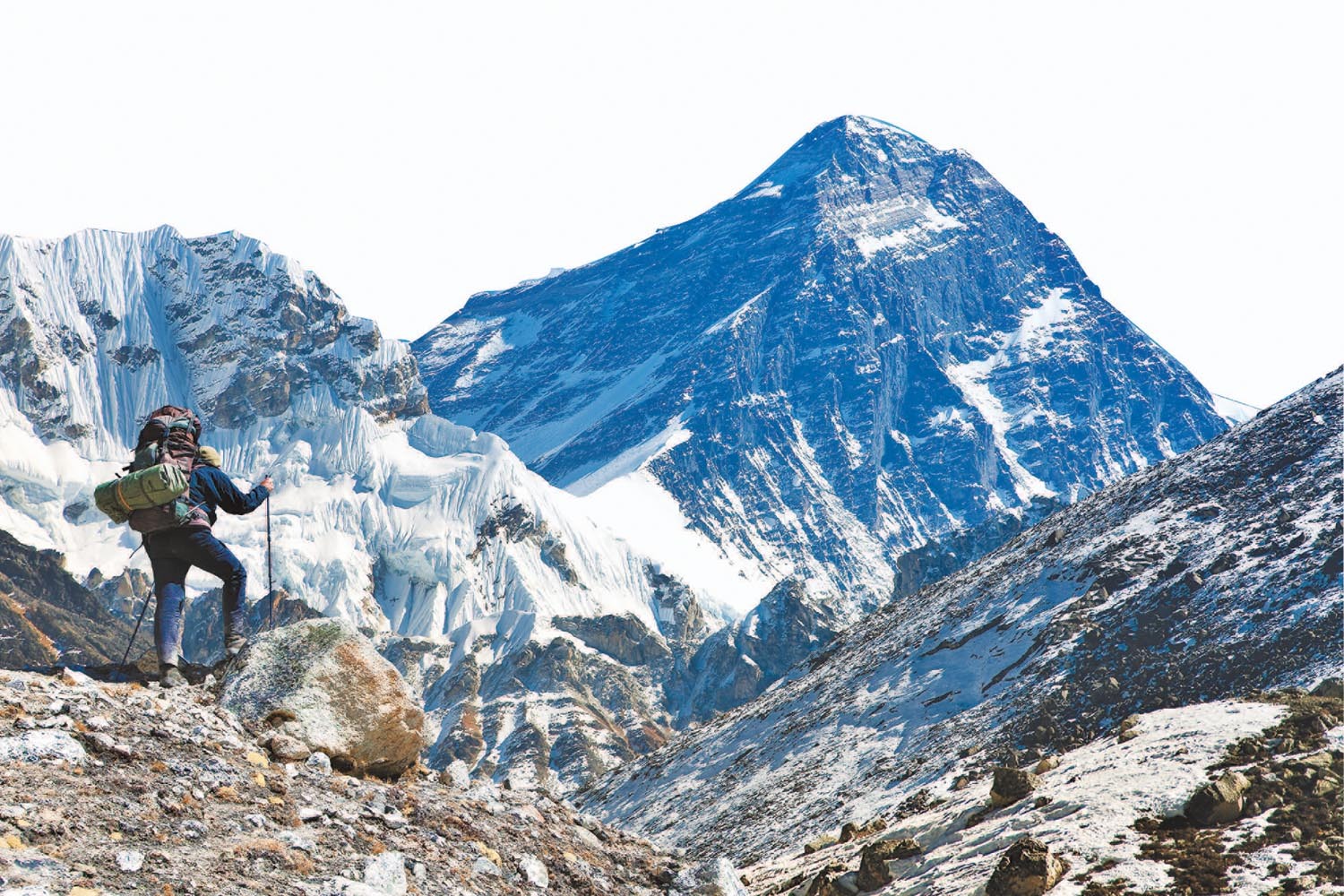The Nepal government has updated its peak profile, officially recognising 14 mountains surpassing 8,000 metres.
Experts emphasise, however, that the International Mountaineering and Climbing Federation (UIAA), the body recognised by the International Olympic Committee, must approve the new list for global recognition. The Department of Tourism recently published the revised peak profile on its website, adding six new eight-thousanders to Nepal’s official count.
Four of the newly recognised mountains—Yalung Khang (8,505 metres), Yalung Khang West (8,077 metres), Kanchenjunga Central (8,473 metres), and Kanchanjunga South (8,476 metres)—fall on the Kanchenjunga range.
Two peaks from the Lhotse range—Lhotse Middle (8,410 metres) and Lhotse Shar (8,400 metres)—have been added as well.
14 just in Nepal, that is; 20 worldwide.
Archive: https://archive.md/39dKM


Why is a sporting organization relevant, rather than a geographical one?
I would guess because the people climbing them are doing it for sport, not geography. Either that or because they don’t meet the geographical requirements for prominence
There are official recognition bodies that maintain accredited profiles for professional climbers, so without them formally recognizing the peak as such, you can’t claim an ascent. Though in my understanding it’s possible to claim retroactively, if you’ve been up there prior to the recognition.
If you’re a private person and climb it for fun, you don’t need to care about anything like that.